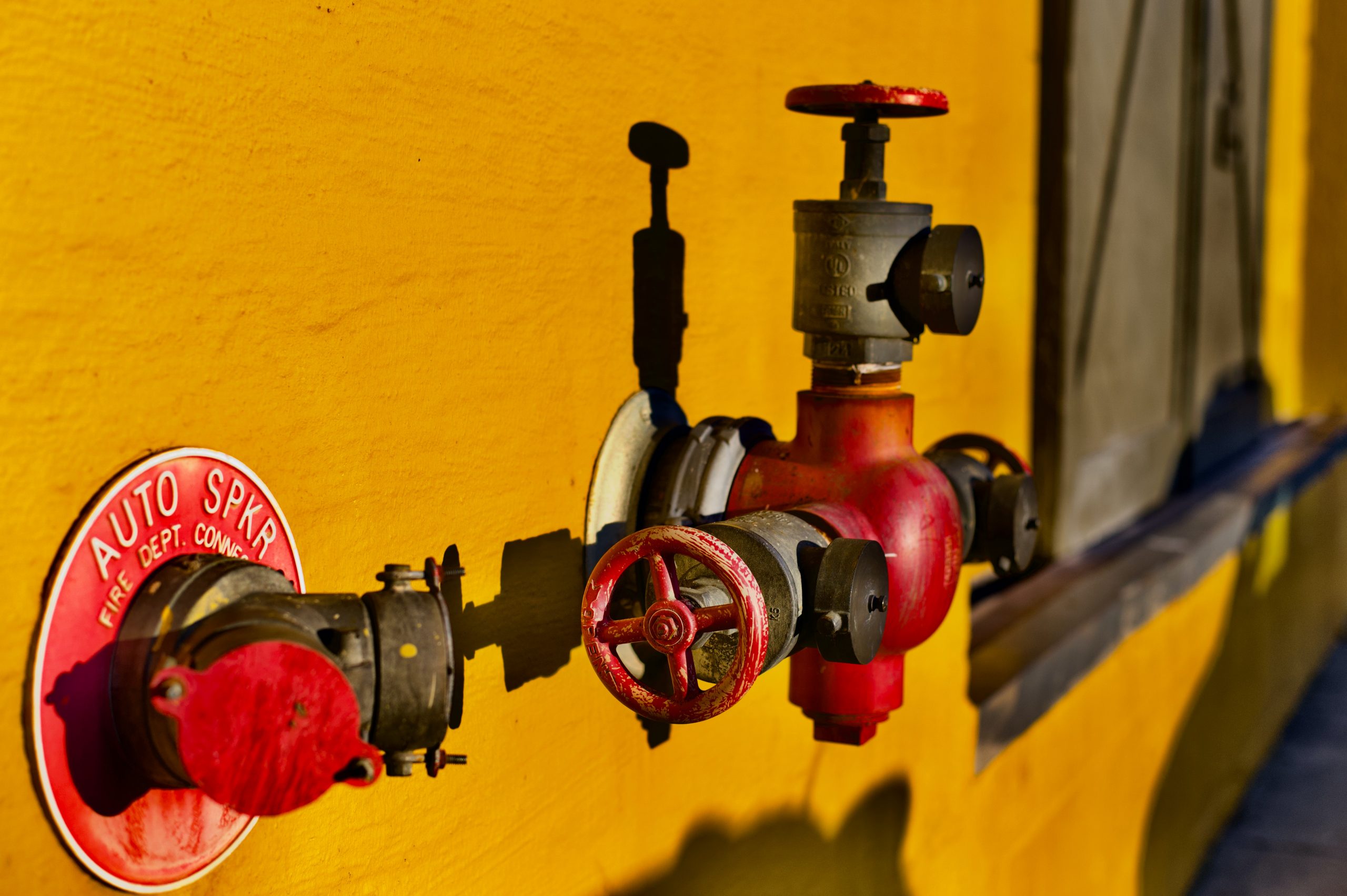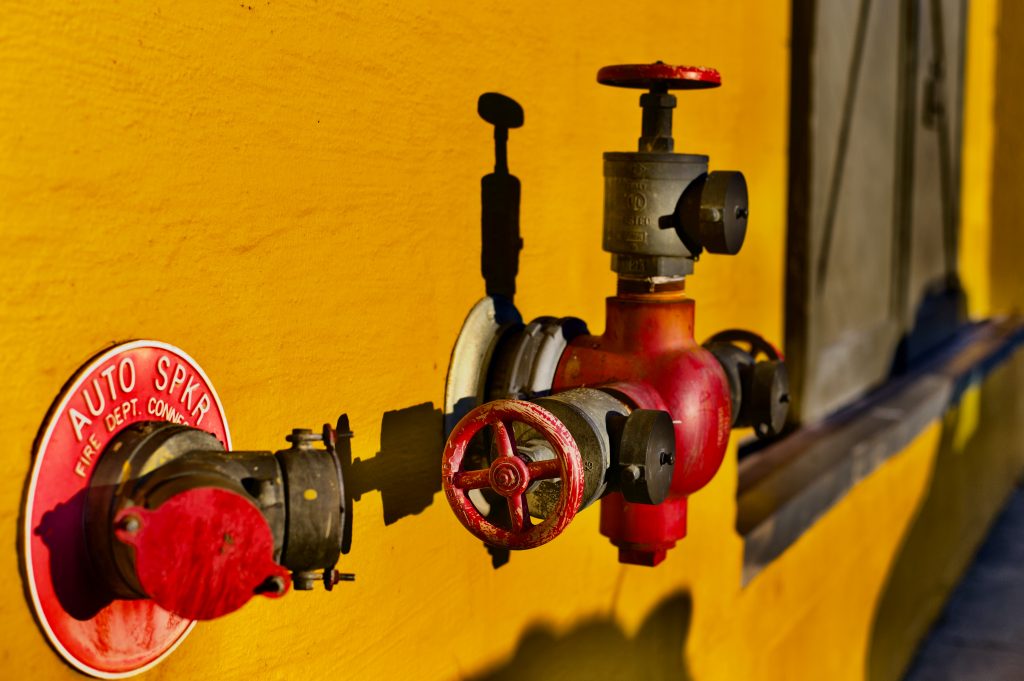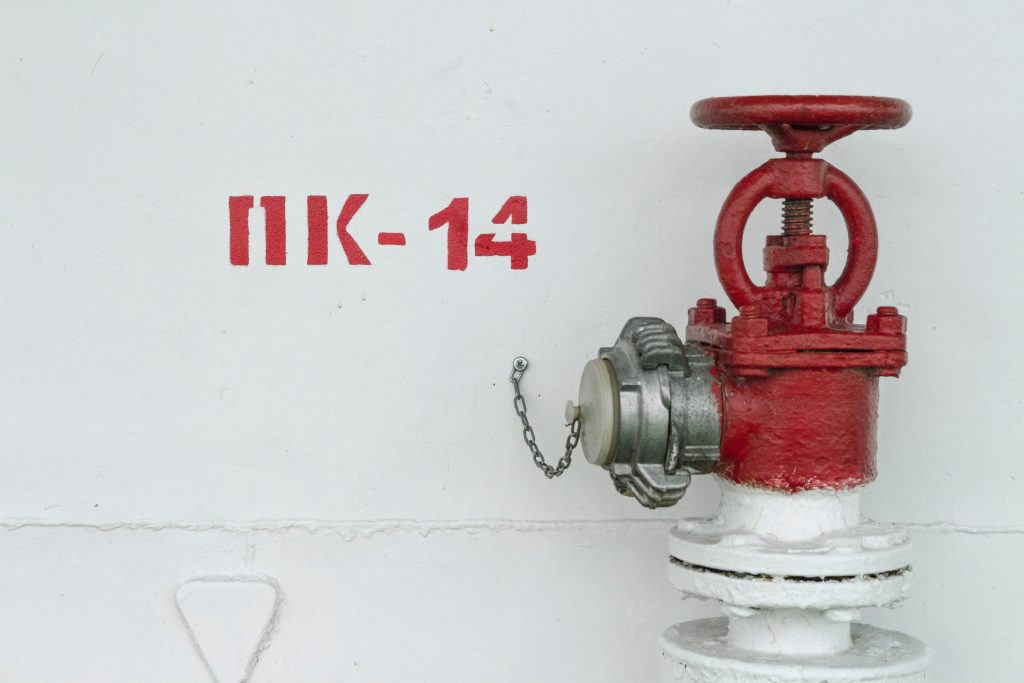Introduction Drainage is one of the most overlooked aspects of landscape design by contractors and homeowners. Instead, most people opt

The increasing mandate to add fire sprinkler system design for houses in new residential constructions is interesting, to say the least. Installing a fire suppression system is both critical and cost-intensive for the builder.
To create a fire sprinkler system that is successful with both effective functionality and economic operationality you need to follow certain steps in the design process. Adhering to such design principles will help you to decrease the financial expenditure of your design project.

Using a good fire sprinkler system from companies like InnoDez can help you both save lives as well as keeping the financial expenditure to the minimum. Yet, when we take a look at the historical context, only 2% of American homes have had them installed.
This practice is no longer viable due to the many legislations that many states have adopted for fire safety, for example in California. Hence to increase the coverage of such life-saving systems we need to reduce their cost of installation, operation, and maintenance.
As many different states and local governments have understood the criticality of fire sprinkler systems we are seeing a tectonic shift. As a result, administrative bodies are adopting the National Fire Protection Association (NFPA) safety standards for governing fire sprinkler installation.
What Does The Law Say?
When you sit down to create the fire sprinkler system design for houses, we must be aware of the following NFPA standards to act as guiding principles;
Now that big states like California and Maryland, have officially adopted these standards, and have mandated the installation of fire suppression systems in all new family-home constructions, it is only a matter of time that the entire country will follow suit.
In the great state of California, you have the California Residential Code with section R313. This section states that automatic fire sprinkler systems must be installed in one & two-family homes. Ergo, if you want to build a home in California that is capable of housing one-two families, then you need to install a fire suppression system. If you fail to do so, your application to build such a house will never be approved.
Fire Suppression System Cost: Key Factors
Luckily, the below-mentioned determinants, and in this way, the expenses, can be restricted during the design and development phase by considering underground water supplies, developer procedures, and plan methods.
Supply of Water: An Essential Aspect of A Successful System
NFPA 13D, states that the minimum pressure required for a general residential fire sprinkler head is 7 psi (pound per square inch). The flow pressure that is needed to meet this pressure will switch depending on the size of the sprinkler head. On average for general residential sprinkler flow head, this flow is 13 GPM.
It is a common understanding that large underground water supply lines to houses aid for smaller & less complicated sprinkler lines, which in turn reduces the material and labor costs.
In an ideal world, the sprinkler system design will be finished before water supply lines are in place. As a result, the builder can give the designer the criticalities regarding the underground distance and allow the professionals to determine the pipe size.

In the end, it is fundamental that you involve the local water department & a good fire suppression system design company like InnoDez early on in the process of creating the fire sprinkler system design for houses. The more information-related data you have about the pressure loss & flow rates in the water supply, the more effective and efficient your fire suppression system will end up being
About Author
Fate Ol